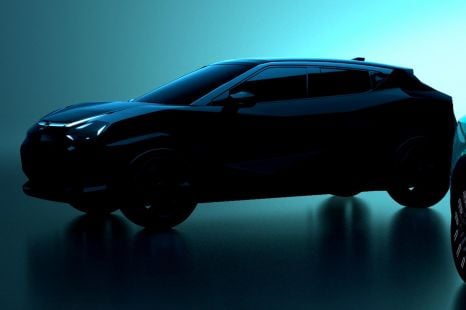

Damion Smy
Nissan Juke EV will use Leaf platform, due in 2026 - report
10 Hours Ago
Gordon Murray has taken the wraps off the more track-focused GMA T.50s Niki Lauda, a fan car for people who aren't worried about the road.

Contributor
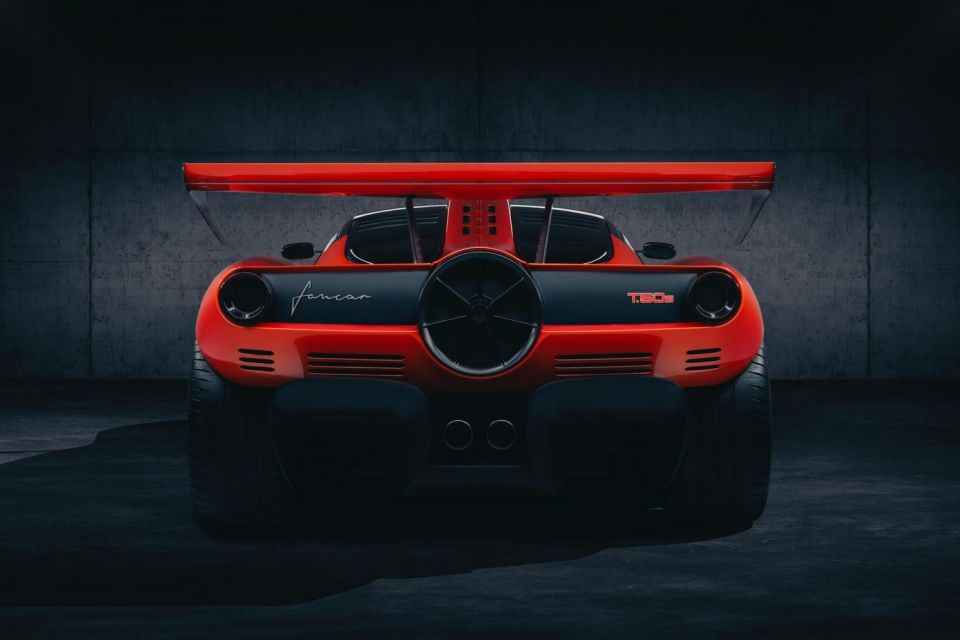

Contributor
Thought the Gordon Murray Automotive T.50 was serious? Meet its more grown-up brother, the T.50s Niki Lauda.
Unburdened by the need to work on the road, the Niki Lauda is a more focused (and more exclusive) version of the T.50 for the track.
Before we get into the numbers, the nostalgia. The name is a tribute to the late Niki Lauda, who won a race in the Gordon Murray-designed Brabham BT46B fan car, and each of the 25 cars set for production has a chassis name matching a Murray-designed Formula 1 car win.
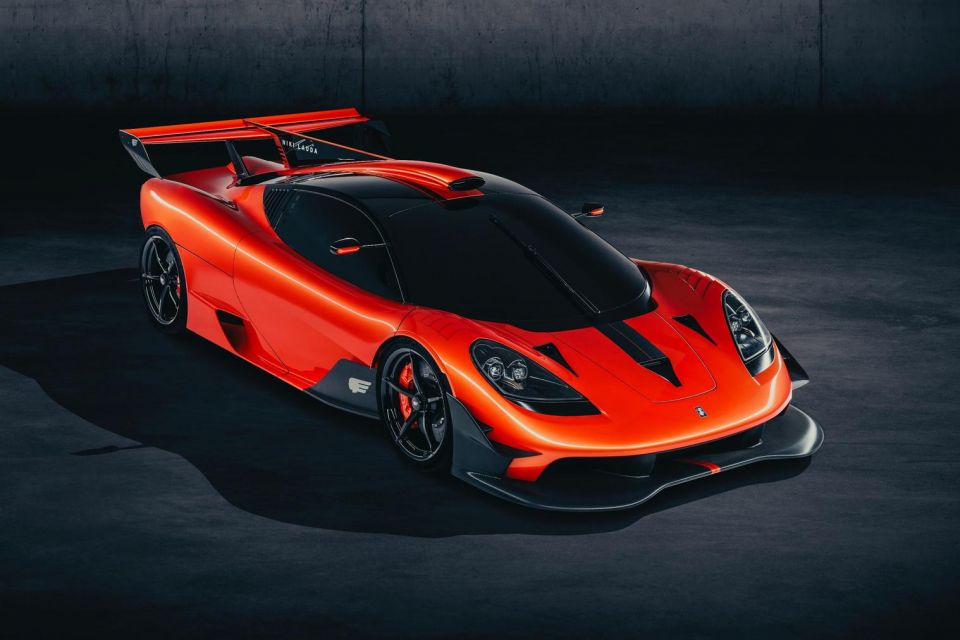
The first will be Kyalami 1974, with the remainder to follow in chronological order.
As for the numbers? Here are the highlights:

With a massive rear diffuser and a more aggressive aerodynamics package than the road car, along with its prominent ‘ground effect’ fan, the Niki Lauda creates 1500kg of downforce.
Unlike the road car, which has multiple modes for the ground effects fan, the track car is always running in maximum downforce mode.
In high-speed corners it creates up to 900kg of downforce, allowing it to generate up to 2.5 lateral g.
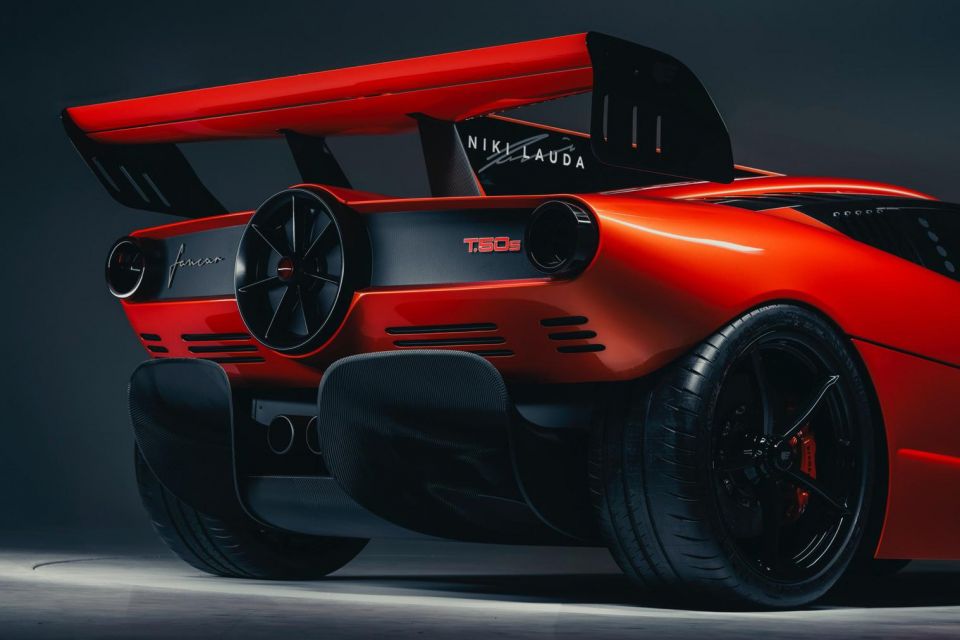
According to Gordon Murray, the car could have produced more downforce but the GMA team dialled it back to allow the Niki Lauda to work with its Michelin slick tyres.
Tipping the scales at just 852kg – or 134kg less than the road car – the T.50s is built around a carbon and honeycomb aluminium monocoque chassis that shares none of its exterior panels with the road car.
Inside, the Niki Lauda maintains the road car’s central driving position but does away with most of its luxuries. There’s only one passenger seat, and the steering wheel is a pared-back yoke.
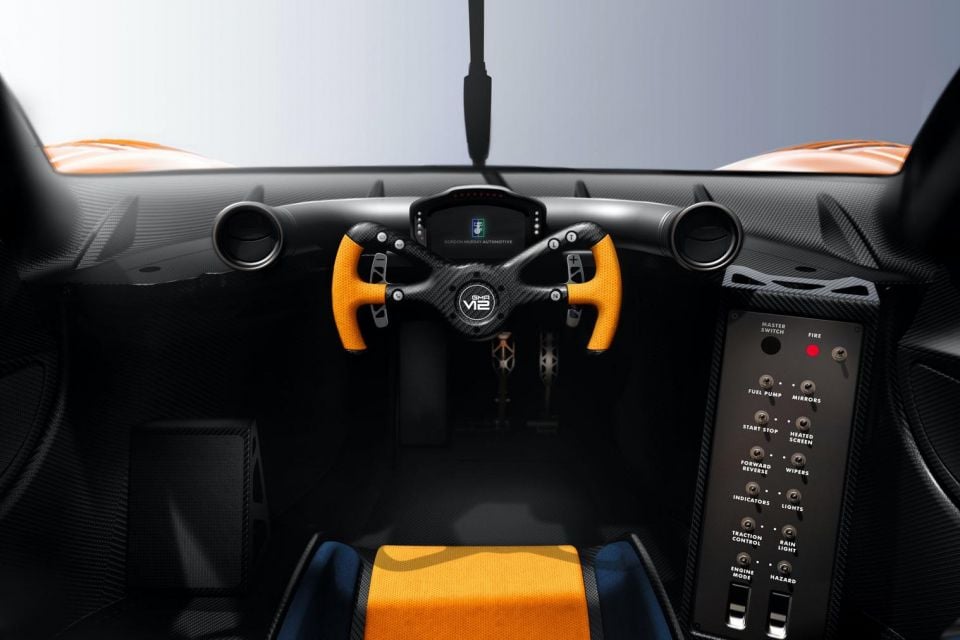
The right-hand side of the driver is home to a race-style control panel, and the digital instrument binnacle is a simple screen ahead of the driver.
Pricing in the UK starts just north of £3.0 million ($5.5 million) and production of the Niki Lauda will kick off next year when the road car run is complete.
Scott Collie is an automotive journalist based in Melbourne, Australia. Scott studied journalism at RMIT University and, after a lifelong obsession with everything automotive, started covering the car industry shortly afterwards. He has a passion for travel, and is an avid Melbourne Demons supporter.


Damion Smy
10 Hours Ago
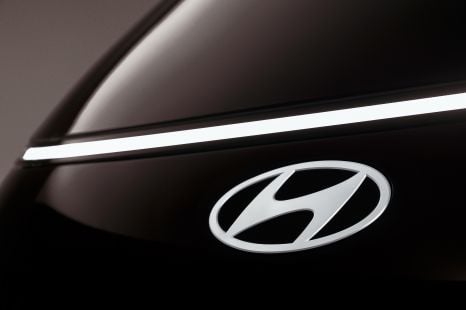

Damion Smy
13 Hours Ago


Damion Smy
17 Hours Ago


Damion Smy
18 Hours Ago
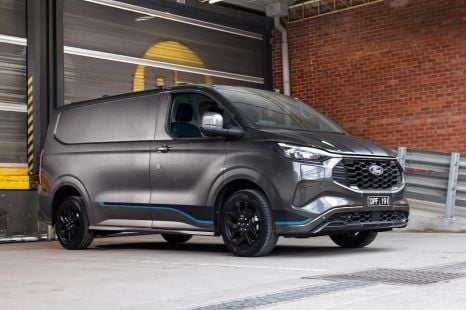

Damion Smy
19 Hours Ago


Damion Smy
19 Hours Ago